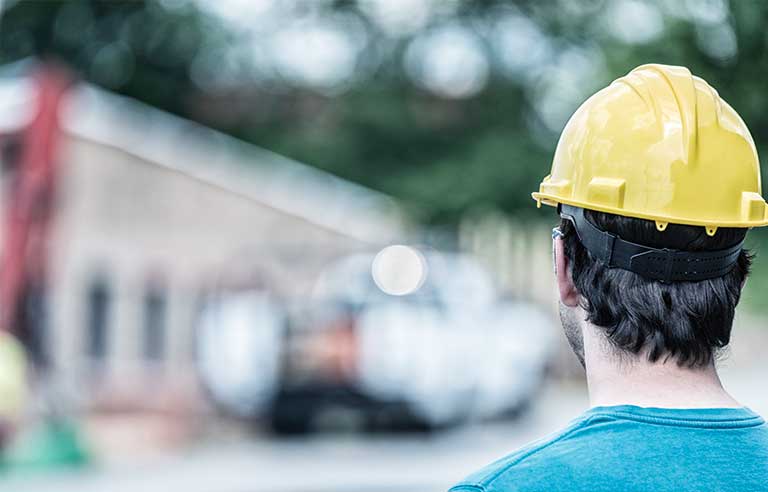
Itasca, IL — Many construction projects are still underway despite the majority of states issuing stay-at-home orders during the COVID-19 pandemic to help stop the spread of the disease, according to NIOSH Director John Howard.
Howard was the featured speaker on a March 31 webinar – the second in a series aimed at providing workers and employers updates on the pandemic – hosted by the National Safety Council in conjunction with NIOSH.
“State governors have issued stay-at-home orders and have frequently exempted construction and declared it to be essential,” he said. “It’s probably one of our more challenging workplaces.”
Construction workers are often in close quarters and areas that aren’t well-ventilated. Howard encouraged construction employers, workers and unions to partner and create a shared set of best practices to help keep workers safe and healthy.
Among the most common best practices to follow are physical distancing guidelines from the Centers for Disease Control and Prevention when on the jobsite and making appropriate personal protective equipment available.
“We should separate workers as much as we can,” Howard said. “And, when we can’t, we make sure they’re well-protected.”
Other best practices include:
- Encouraging sick workers to stay home.
- Having forepersons ask workers to self-identify symptoms of illnesses. For COVID-19, symptoms include a fever, coughing and shortness of breath.
- Screening all visitors to the site.
- Performing temperature checks of workers, preferably with no-contact thermometers.
- Continuing toolbox talks, but making sure they’re done with proper physical distancing of 6 feet between each worker.
- Identifying choke points in buildings under construction and working to resolve them.
- Minimizing worker interaction when equipment or supplies are picked up or delivered.
- Modifying work schedules by staggering shifts, or offering alternate days of work or extra shifts to reduce the number of workers on a site at one time.
- Restricting access to closed or confined spaces.
- Not sharing water bottles.
- Disinfecting shared equipment (e.g., tools and vehicles) before and after each use.
- Providing workers with handwashing stations. If water isn’t available onsite, employers should make hand sanitizer that contains at least 60% alcohol readily available.
- For large construction sites, Howard encouraged employers to have a specific COVID-19 officer onsite.
When it comes to PPE, “gloves should always be worn, depending on the task. And don’t share,” Howard said. “Eye protection is a must. For workers who have to work in close quarters, they should use appropriate PPE and augment ventilation in those areas.”
Anxiety and fear among employees
“This is an important issue we don’t talk about enough,” Howard said. “This is a very stressful period of time for all of us. Employers should pay attention to it.”
He recommended that workers use employee assistance programs and other resources that employers make available.
Cleaning, sanitizing and disinfecting
It’s important to understand that these three terms aren’t interchangeable when talking about precautions to prevent exposure.
“Cleaning is getting the dirt out,” Howard said. “Sanitizing is what’s used in public health a lot to get down to a certain level of bacteria – sometimes 95% is killed. Disinfection is killing everything. That’s where you want to aim.”


